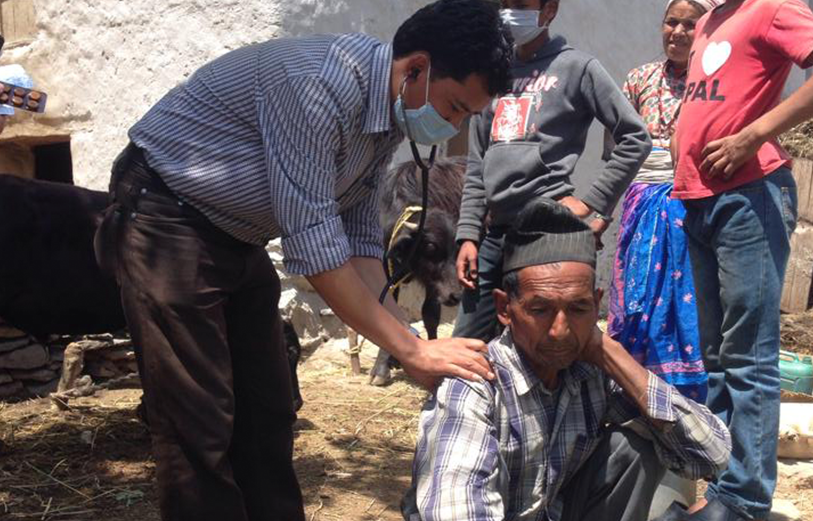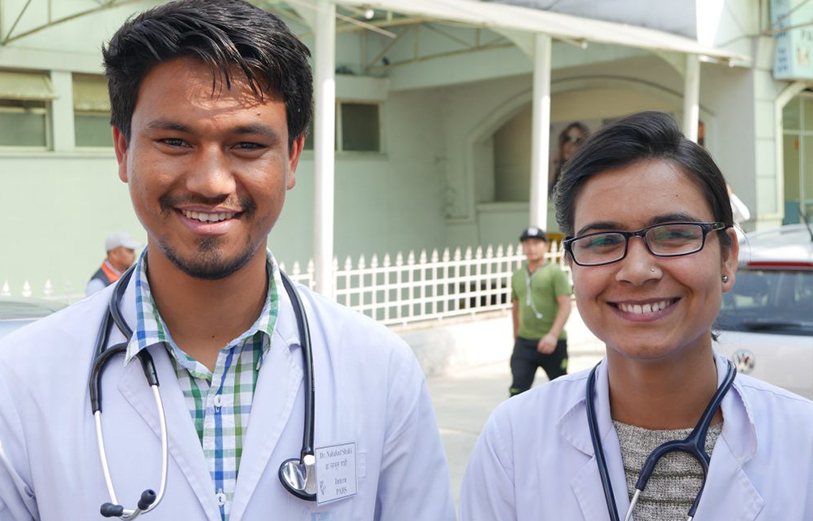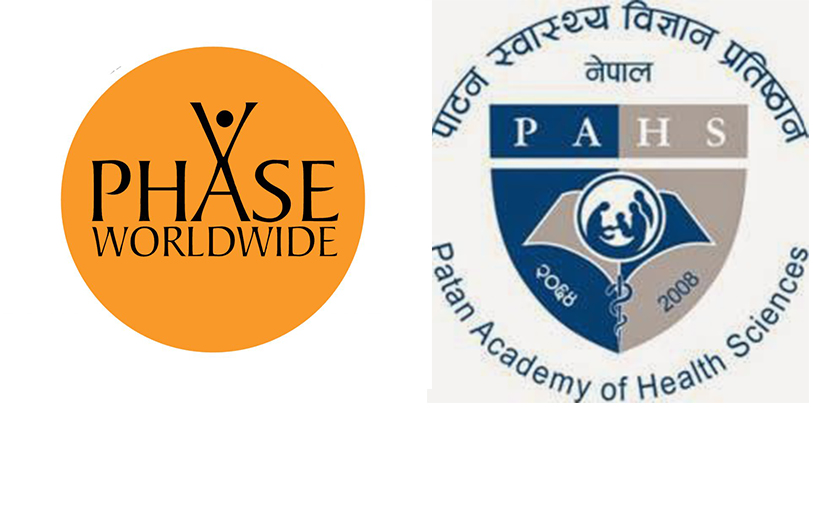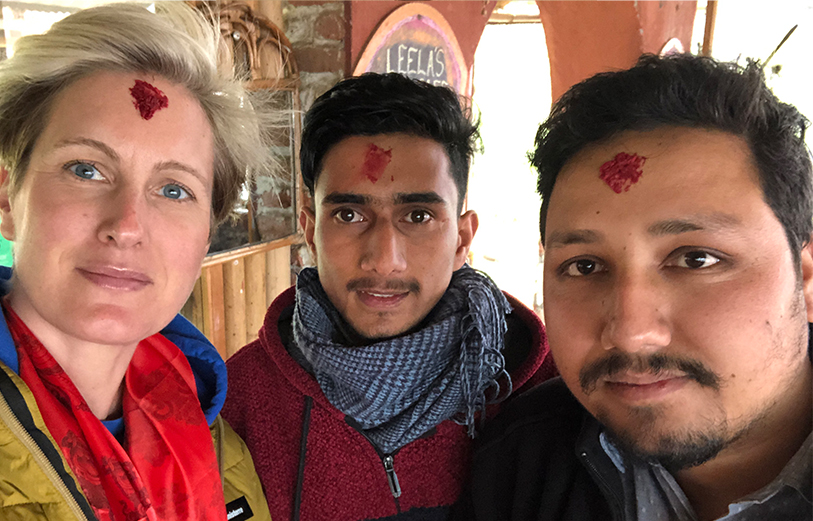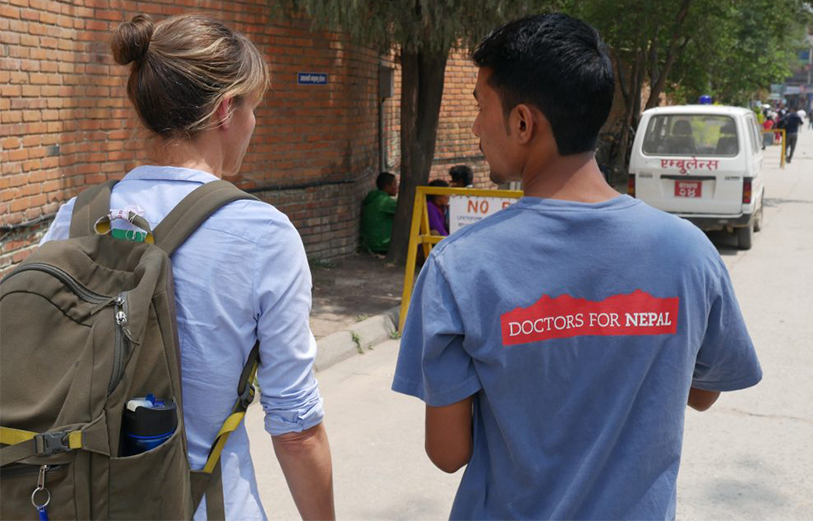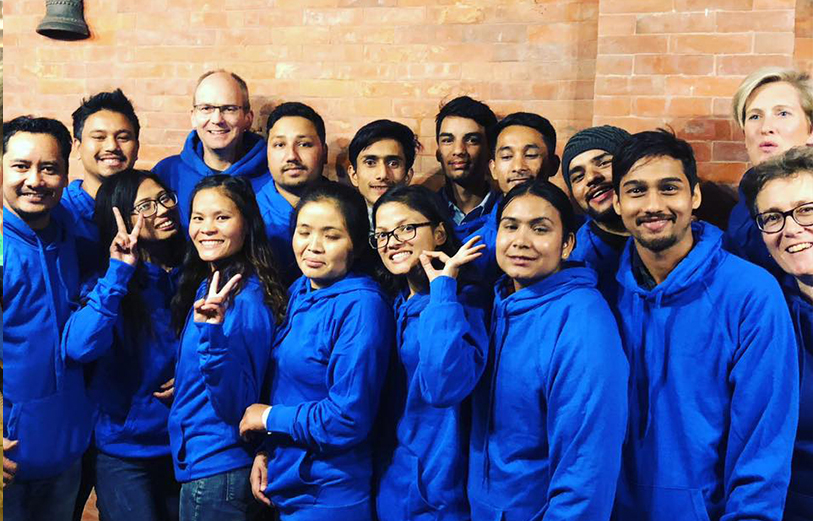
Our Vision
Much of rural Nepal has less than 1 doctor per 100,000 population. People often walk for several days over some of the world’s most challenging terrain to reach basic healthcare.
DFN believes that by training students from rural areas in community based medicine, there is the opportunity to raise the standards of medical care in rural areas closer to that received by the urban population.
Reasons to sponsor our students to study medicine, nursing or midwifery:
- We actively select students from the most underprivileged backgrounds from the 5 most socio-economically deprived districts of Nepal.
- The income of an average family in a remote area is far below that required to support a student through medical education.
- Nepal has difficulty retaining and recruiting from remote areas. In supporting students from these challenging and poor communities, they are more likely to go back to serve their own people.
- The standard of healthcare in rural Nepal is far below that of urban areas.
- Our students are all contracted to work back in rural areas; this results in the medical health care in those areas being elevated.
- Our students have a unique knowledge and understanding of the local cultural nuances, which allows them to infiltrate local communities and provide more comprehensive care.
How does Doctors for Nepal work?
- We provide scholarships at Patan Academy of Health Sciences in Kathmandu and Karnali Academy of Health Sciences in Jumla, that specifically train doctors, nurses and midwives to work in rural community medicine.
- The scholarship students are carefully selected by the college and DFN through a rigorous selection process which includes testing aptitude and attitude to working in challenging environments.
- All DFN students are from rural and underprivileged backgrounds.
- After graduation, they are contracted to work for between two and four years in remote rural areas before receiving their final graduation certificate
Did you know that:
- Rural areas of Nepal average one doctor for every 150,000 people, compared to one for every 850 people in the Kathmandu valley.
- A child born in Kathmandu has 82 years of average life expectancy. A child born in Jumla (in the mountains of the mid-west) has just 36 years (Department of Health Services figures).
- In Nepal the annual GDP averages £560 per head. The cost of medical training is over £30,000


